Sticking to a sleeping schedule should be a priority, but instead, it gets neglected the most. It would be safe to say that our phones are the top reason for irregularities in our sleeping schedule. But now, your iPhone can instead help you get and stay on a sleep schedule.
iOS 14 has a new Sleep feature that can help you adhere to a sleep schedule and meet your sleep goals. You can use it to schedule times for sleeping and waking up, unwinding, and it’s versatile enough to have multiple schedules for different days of the week. It also has a Sleep mode that further helps you get to sleep by minimizing distractions from your Lock screen and silencing notifications.
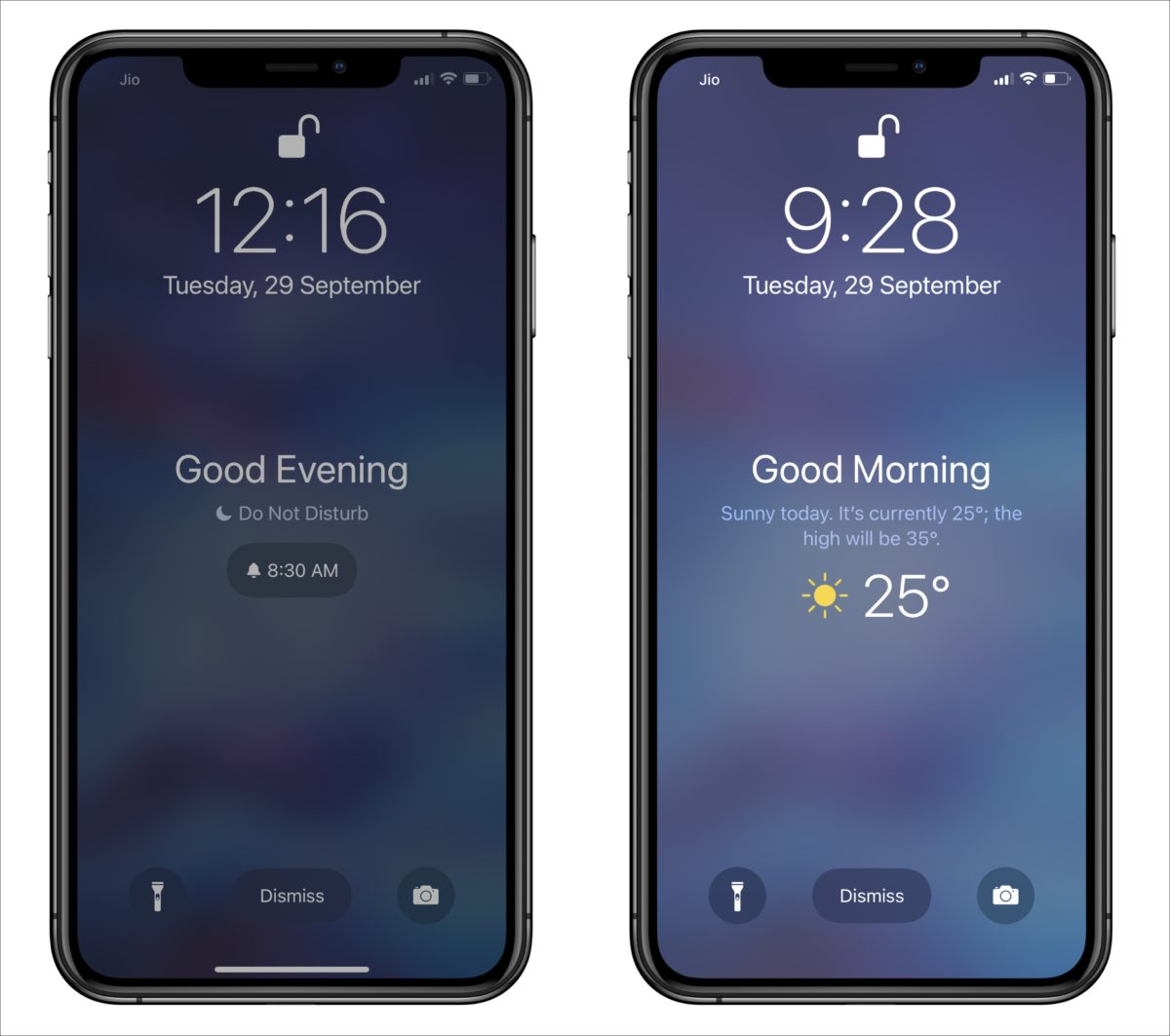
Setting Up a Sleep and Wake Up Schedule
To set up a sleep schedule, open the Health app on your iPhone, and tap on the ‘Browse’ tab at the bottom right corner of the screen.
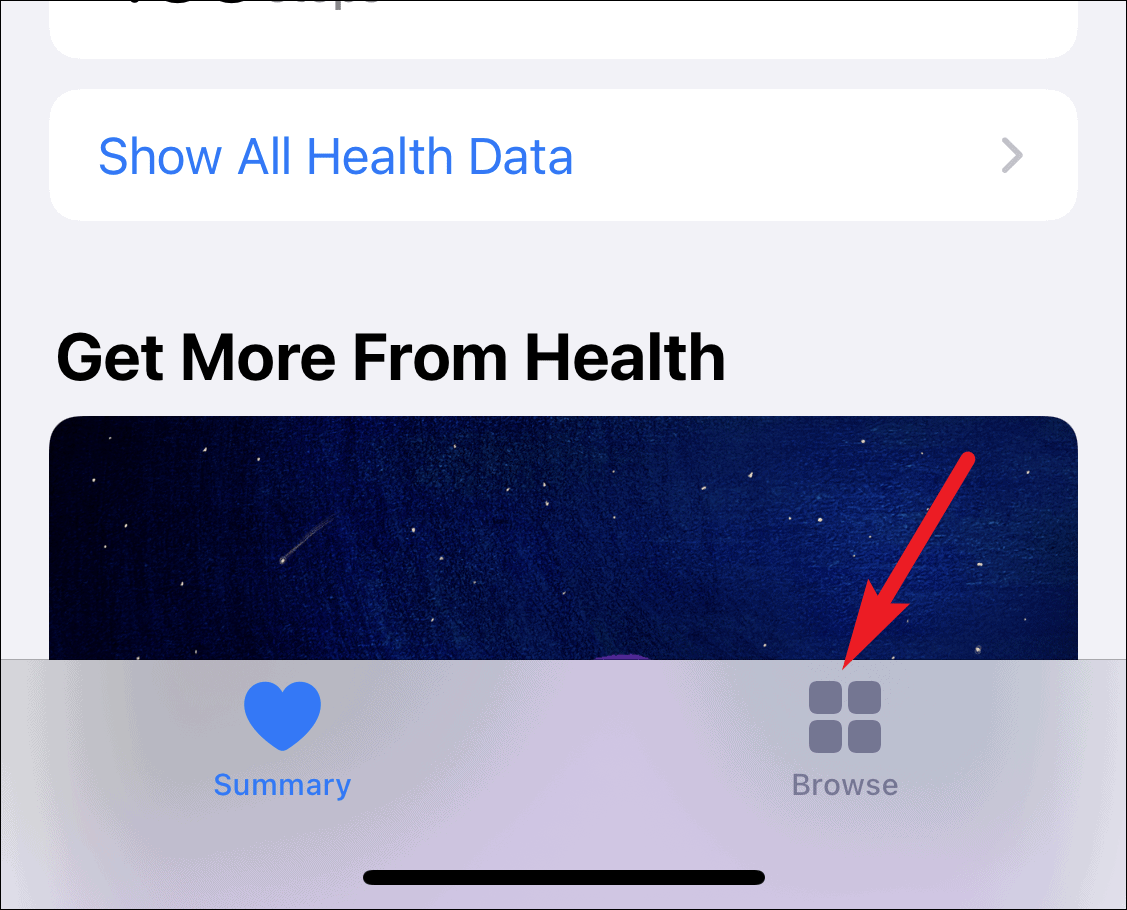
Scroll down and open ‘Sleep’ from the options on the screen. For users setting it up for the first time, swipe up and tap the ‘Get Started’ button. Then, set the sleep goal before you can set up a sleep schedule.

Now tap ‘Sleep Schedule’ under Your Schedule to open it.
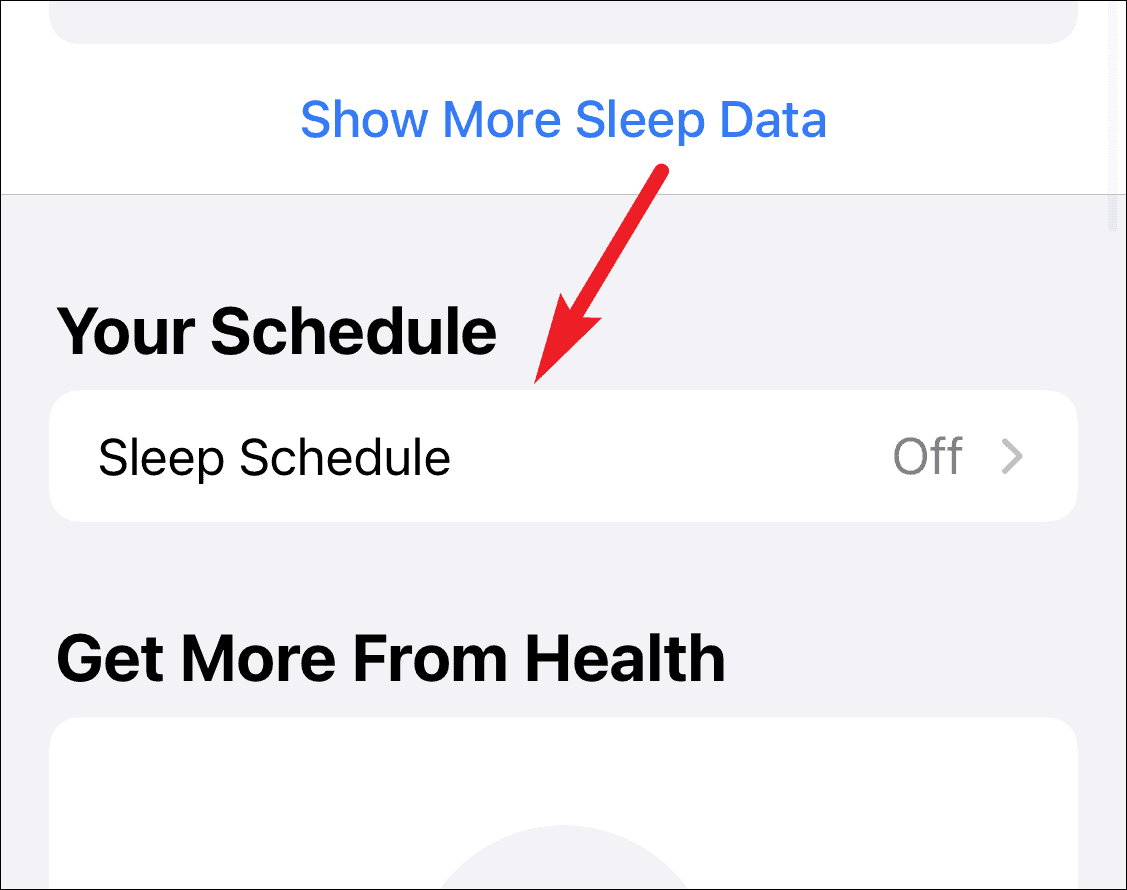
Turn on the toggle for ‘Sleep Schedule’.
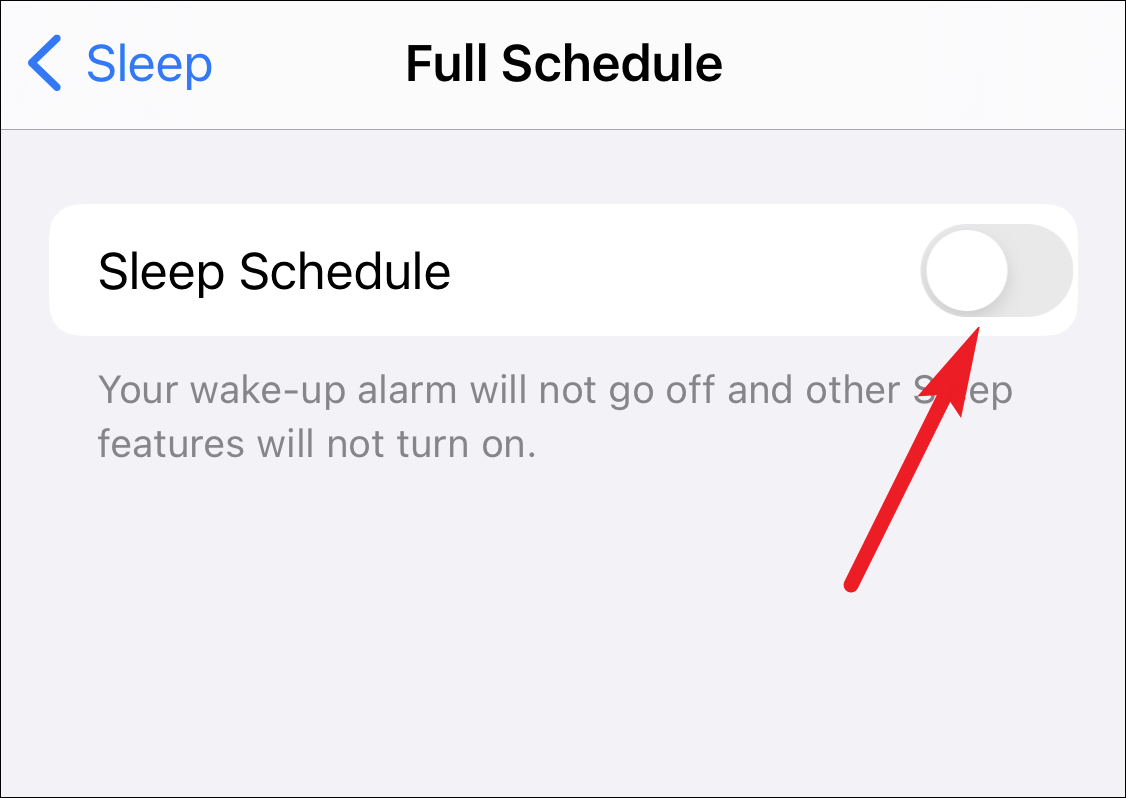
Then tap on the ‘Set Your First Schedule’ option.

You can set the schedule for all the days of the week, or just selective days. If you have separate schedules for weekdays and weekends, you can create multiple schedules for both. By default, all the days will be selected. To exclude days from your schedule, tap the blue circles for particular days under ‘Days Active’ to unselect them.
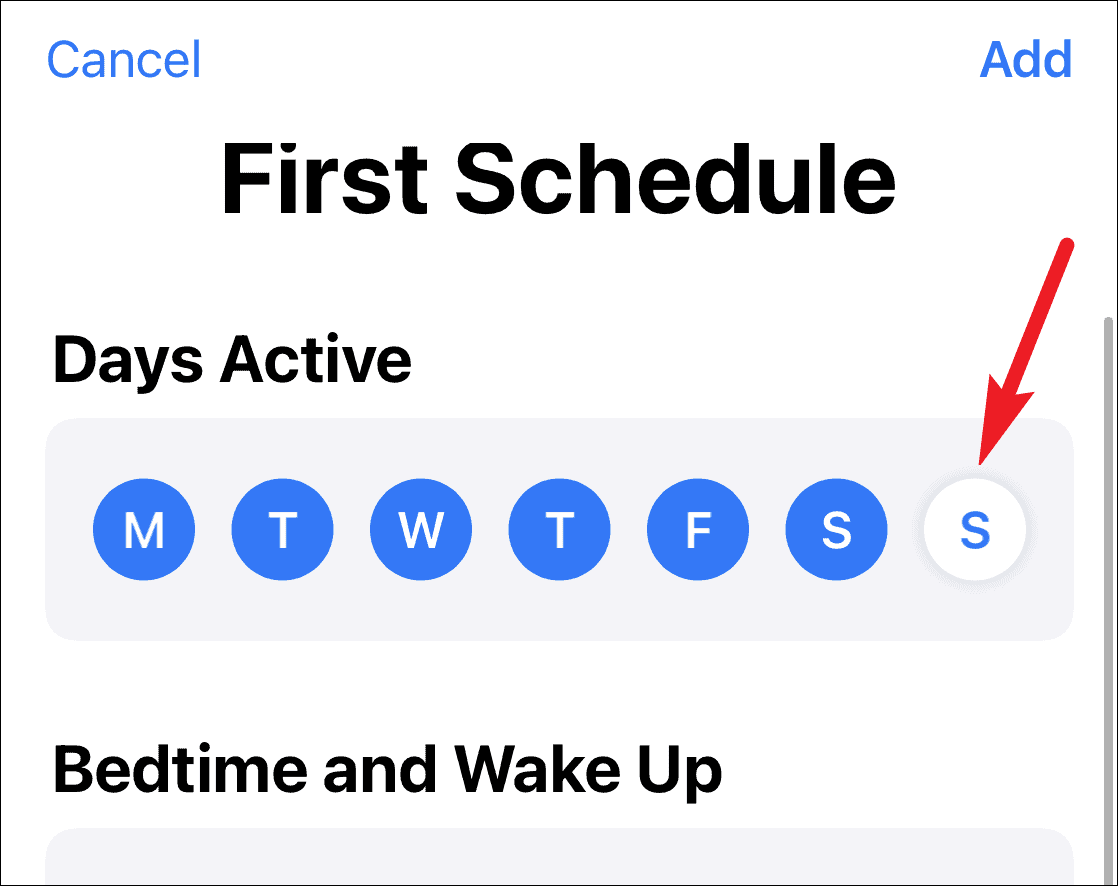
Now to adjust the schedule, drag the sleep block on the clock under the ‘Bedtime and Wake Up’ label. The ends of the block represent the timings for your Sleep and Wake up reminders.

And the length of the block represents the duration. When the duration is less than your sleep goal, the block turns orange. Drag just one end of the block to extend the time.
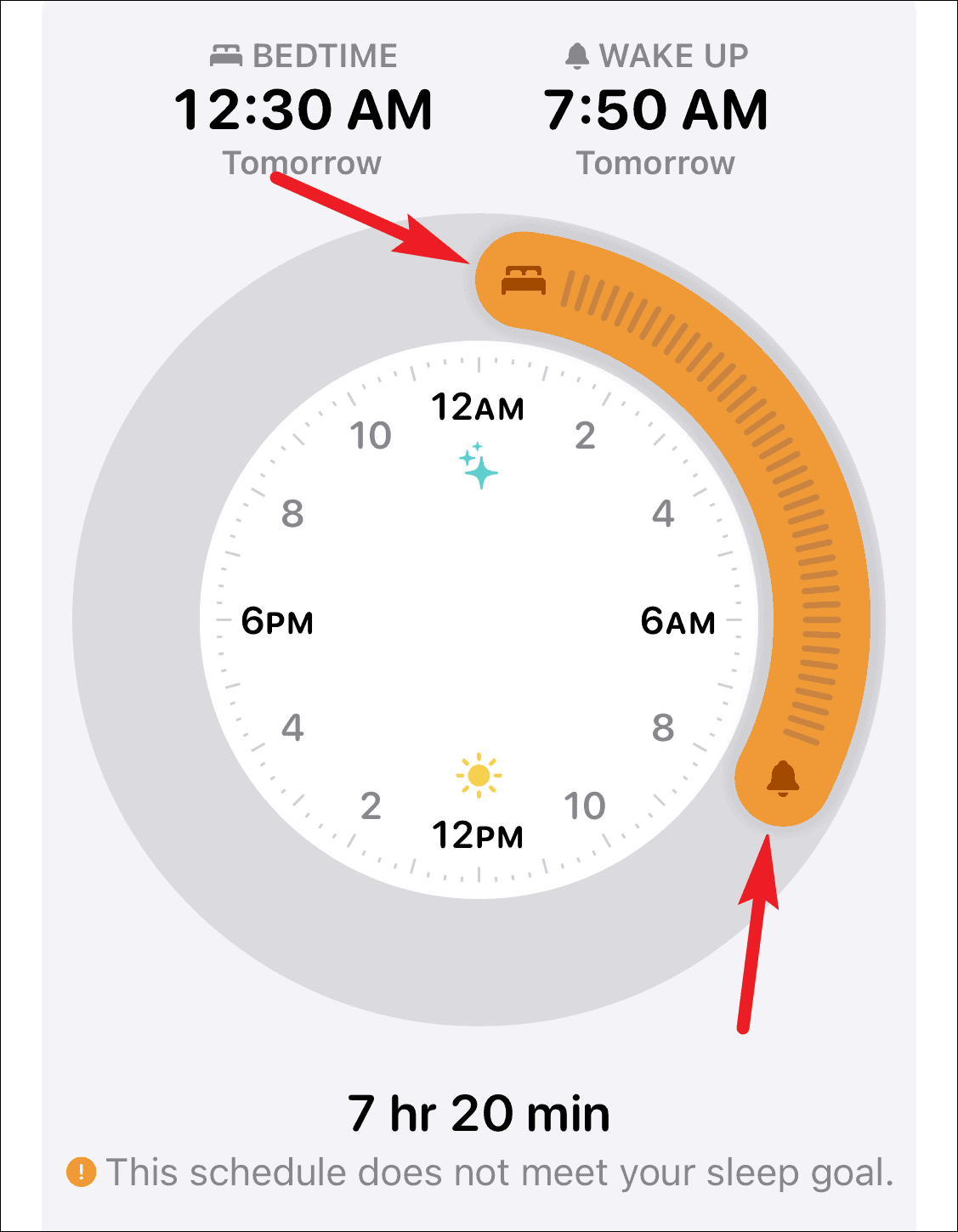
You can also configure a wake-up alarm for your schedule. Scroll down to reveal the options for the alarm. To turn on the alarm that matches your Wake Up schedule, turn on the toggle for ‘Wake Up Alarm’. After turning on the toggle, you can also configure the Sounds & Haptics, volume, and snooze options for the alarm.
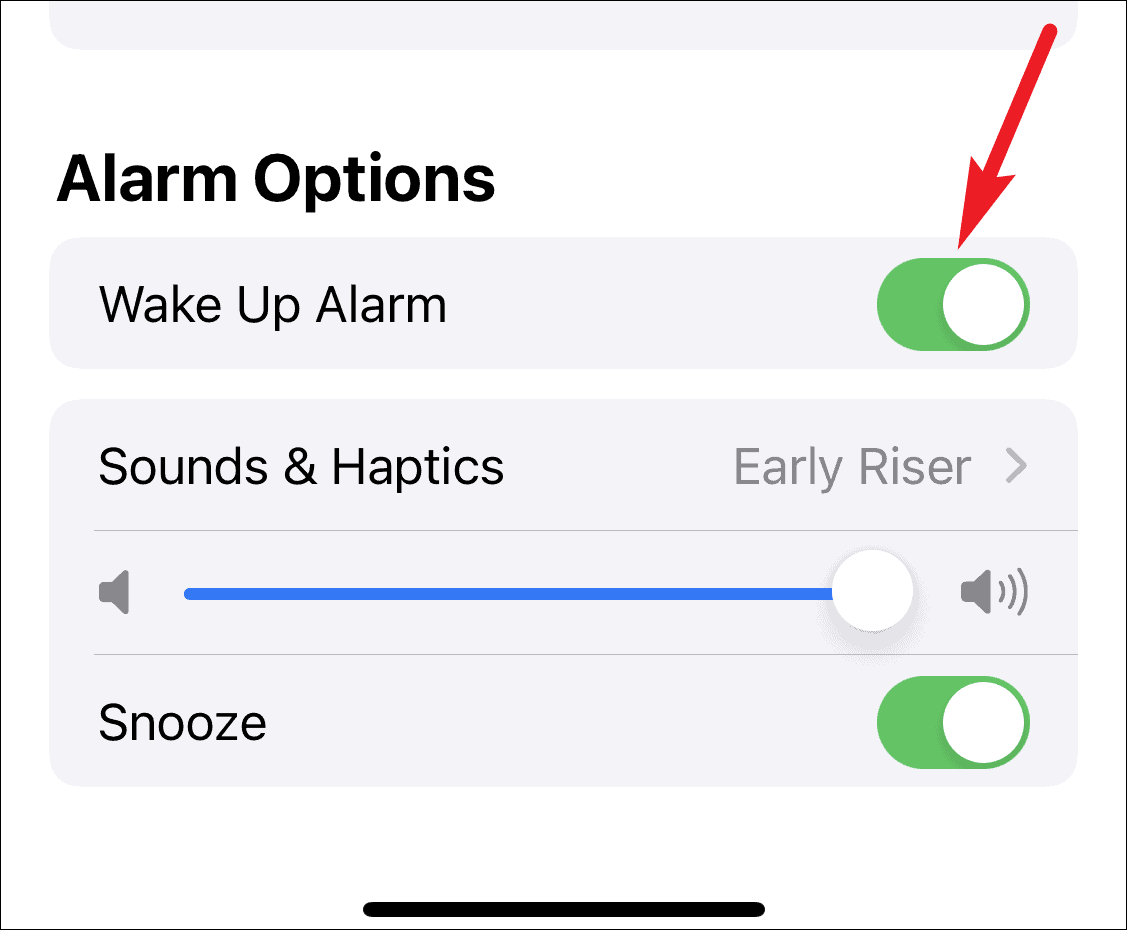
After configuring all the settings, tap ‘Add’ on the upper right corner of the screen to save the schedule.

To add another schedule, tap the ‘Add Schedule For Other Days’ and add another schedule. For obvious reasons, you cannot include the same day in multiple schedules.
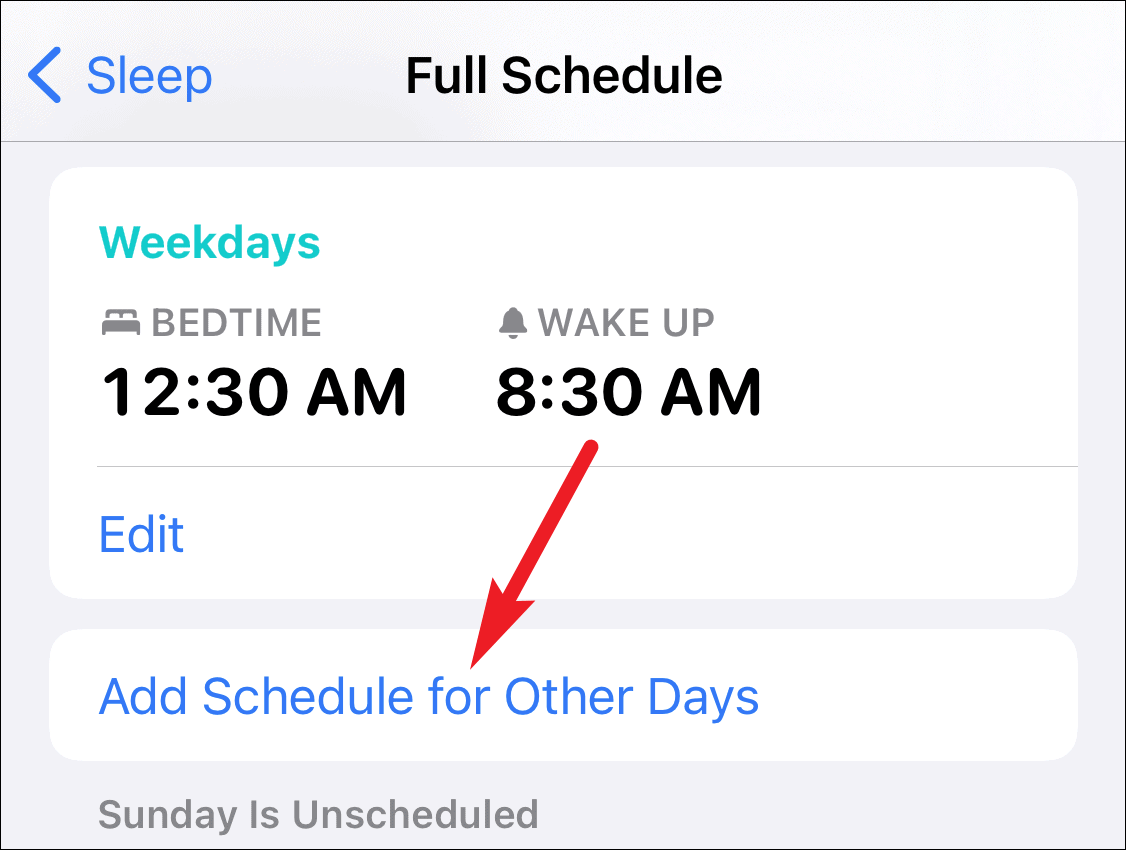
You can also edit the alarm for just a single day whenever you want from the Health app or from the Alarm tab in the Clock app itself. Go to the Alarm tab in the Clock app. The Sleep alarm will appear on top of the other alarms; tap on ‘Change’ next to the alarm to change it. By default, the changes in the alarm will be only for the next day, and it won’t affect the schedule settings.
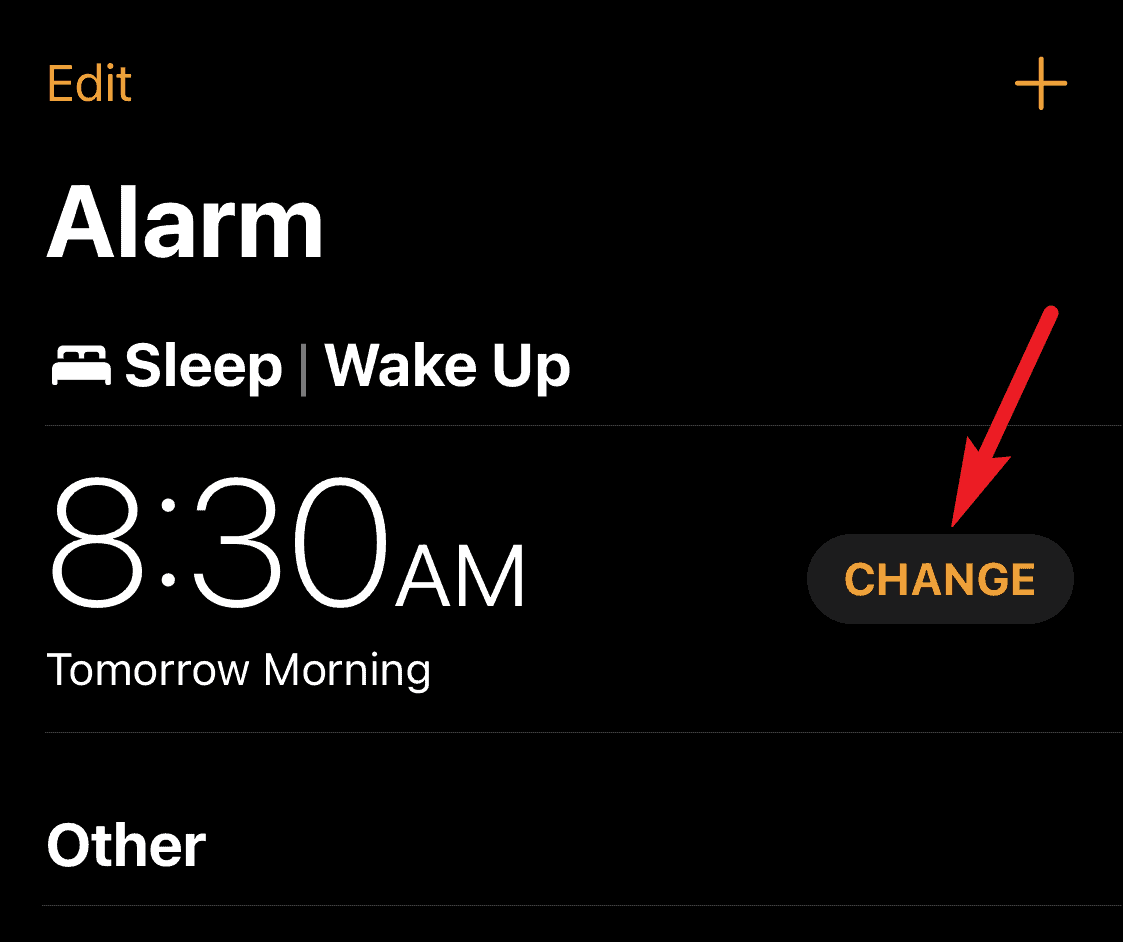
Further Settings for Sleep Mode
Other than setting up the schedule for bedtime and wake up, you can have additional settings like time to Wind Down before bed and even have shortcuts for Winding Down.
If you wish to prepare yourself for sleep before bed by reading or listening to podcasts or music, you can have Wind Down start before the actual bedtime.
Go to Sleep settings in the Health app, and tap the option for ‘Full Schedule & Options’ under Your Schedule.
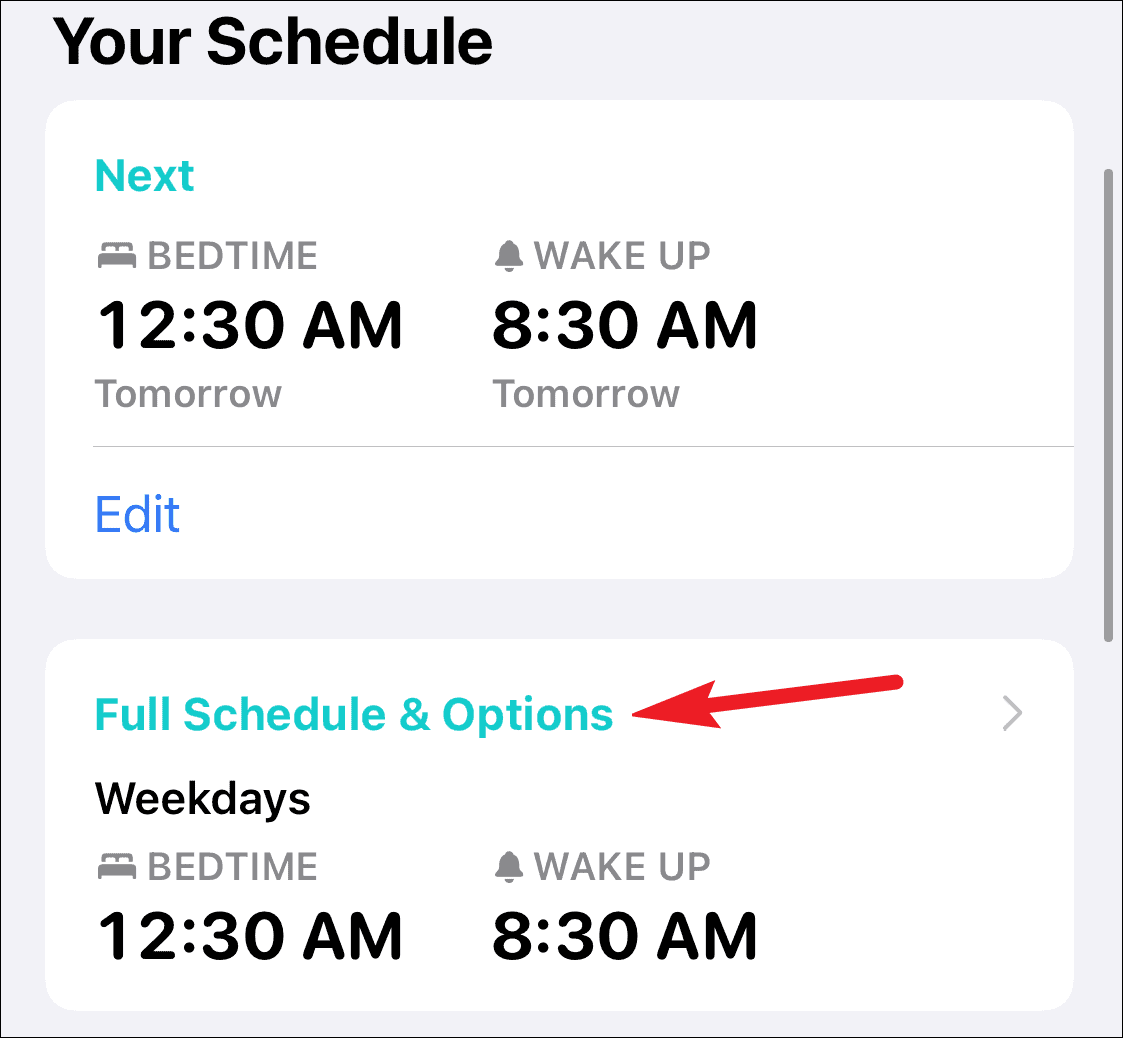
Then scroll down and tap on ‘Wind Down’ and select the time. If you choose 30 min and your bedtime is 11:30 PM, the wind-down will start at 11:00 PM. Essentially your phone will enter the Sleep Mode at 11 instead of 11:30.

Now, you can also add Wind Down shortcuts that will appear on your Lock Screen in the Sleep mode as soon as the wind-down time starts.
Tap on ‘Wind Down Shortcuts’.

Then, tap the ‘Add a Shortcut’ option.
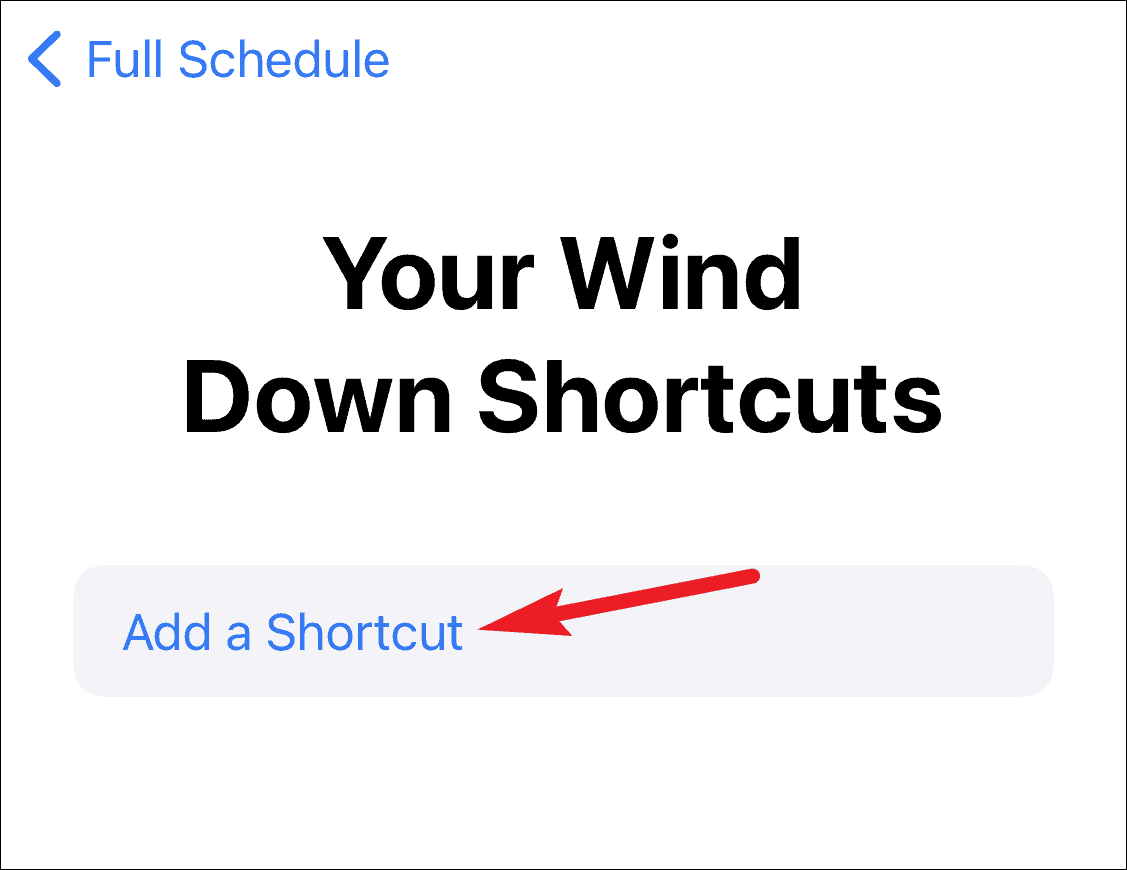
The Choose Your First Wind Down Shortcut screen will open. You can add shortcuts for journaling, music, podcasts, reading, mindfulness, or add any other app from App Library or App Store.
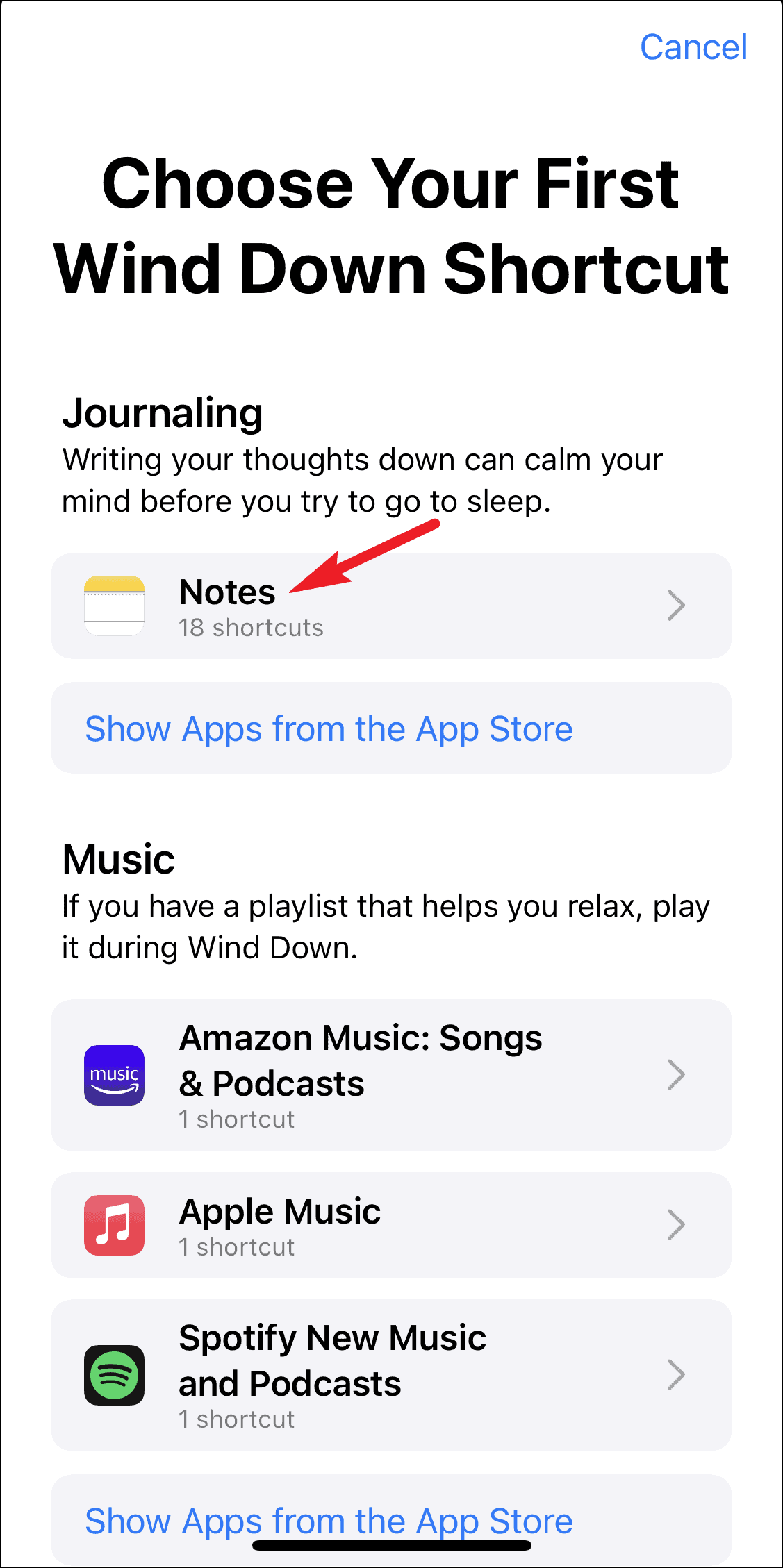
Then, when the Sleep mode is on, tap on the ‘Shortcut’ option. The shortcuts for apps will appear.

Tip: You can add Sleep mode to the Control Center for quick access and turn it on/ off with just a tap. Turning on Sleep mode automatically turns on Do Not Disturb.
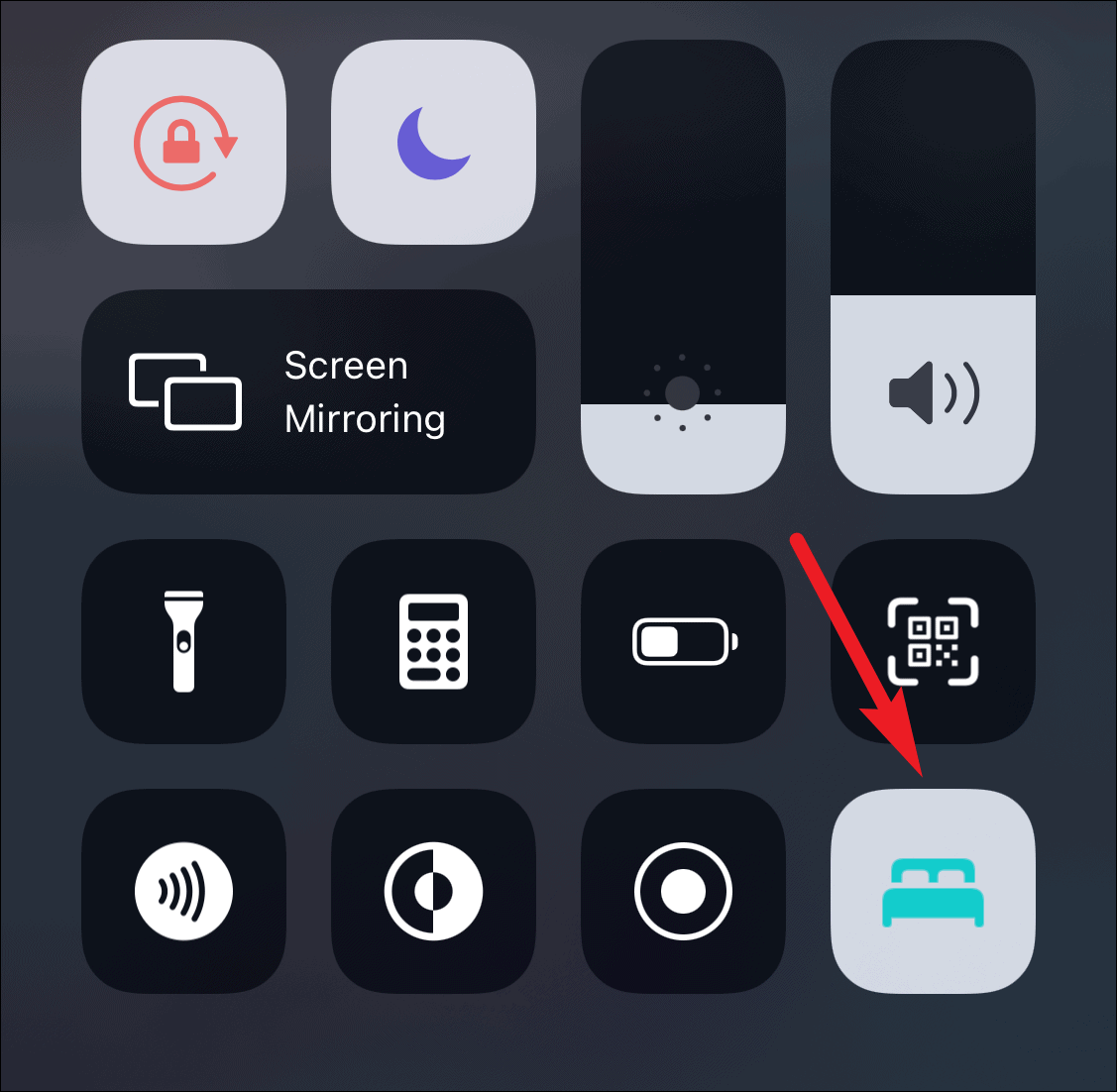
The Sleep mode in iOS 14 is quite easy to use and can go a long way in improving your sleeping habits. Furthermore, using Sleep data from the Health app, you can also monitor your weekly sleep and make sure that you’re getting enough of it. Otherwise, it’s time to make some adjustments.





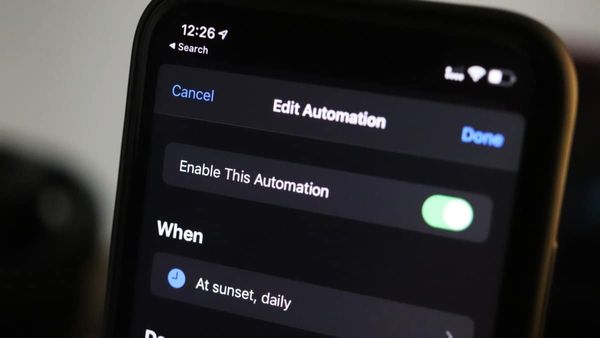

![Best Calendar Widgets for iPhone [iOS 14]](/content/images/size/w600/wordpress/2020/10/allthings.how-best-calendar-widgets-for-iphone-ios-14-iphone-calendar-widget-scaled.jpg)
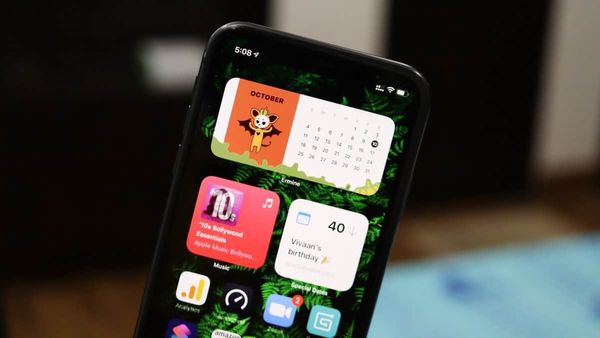
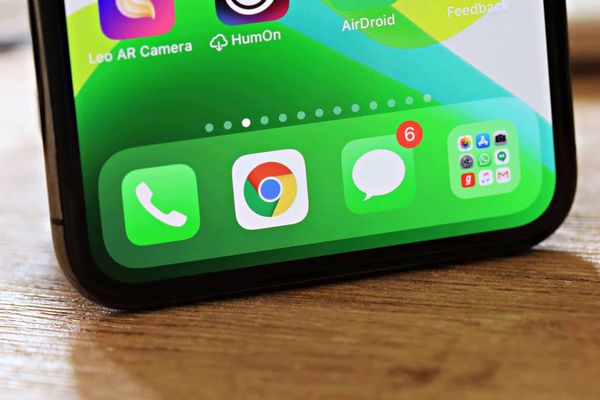
Member discussion